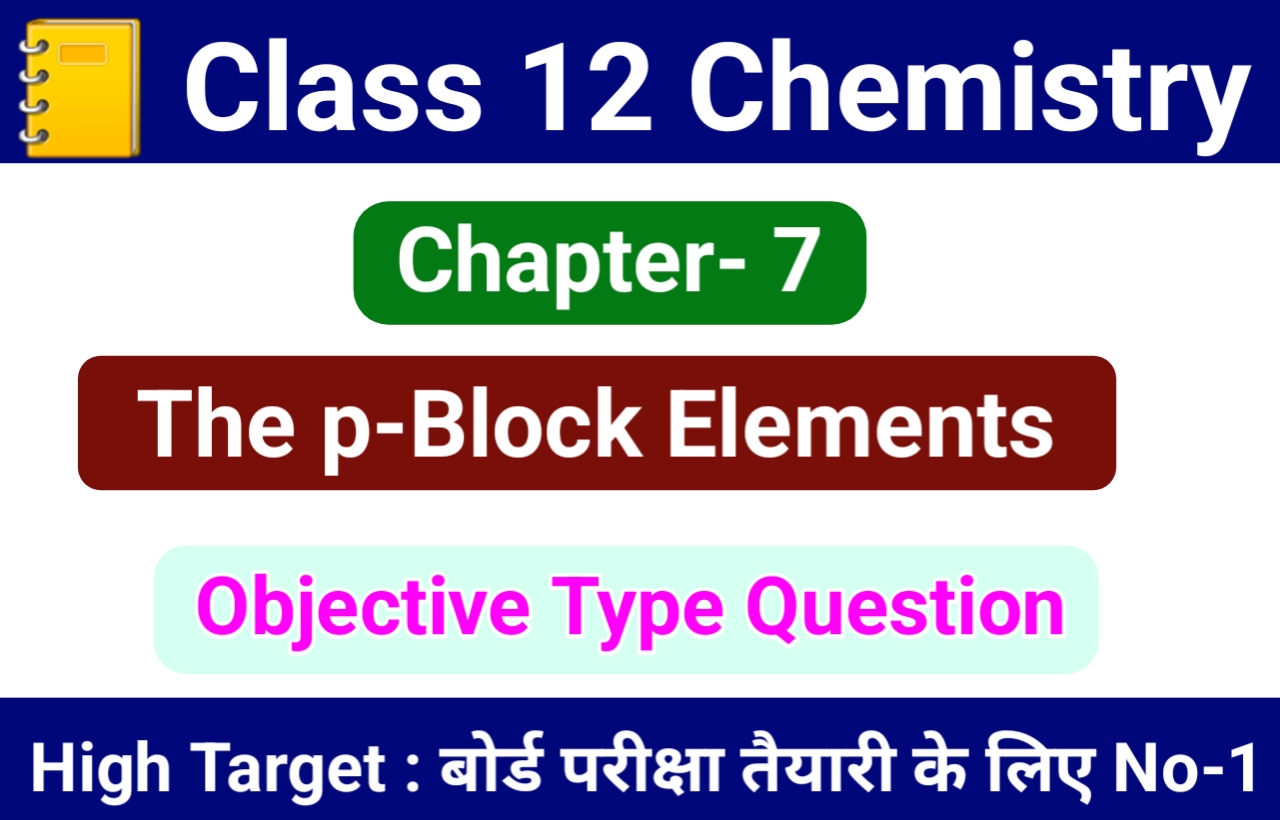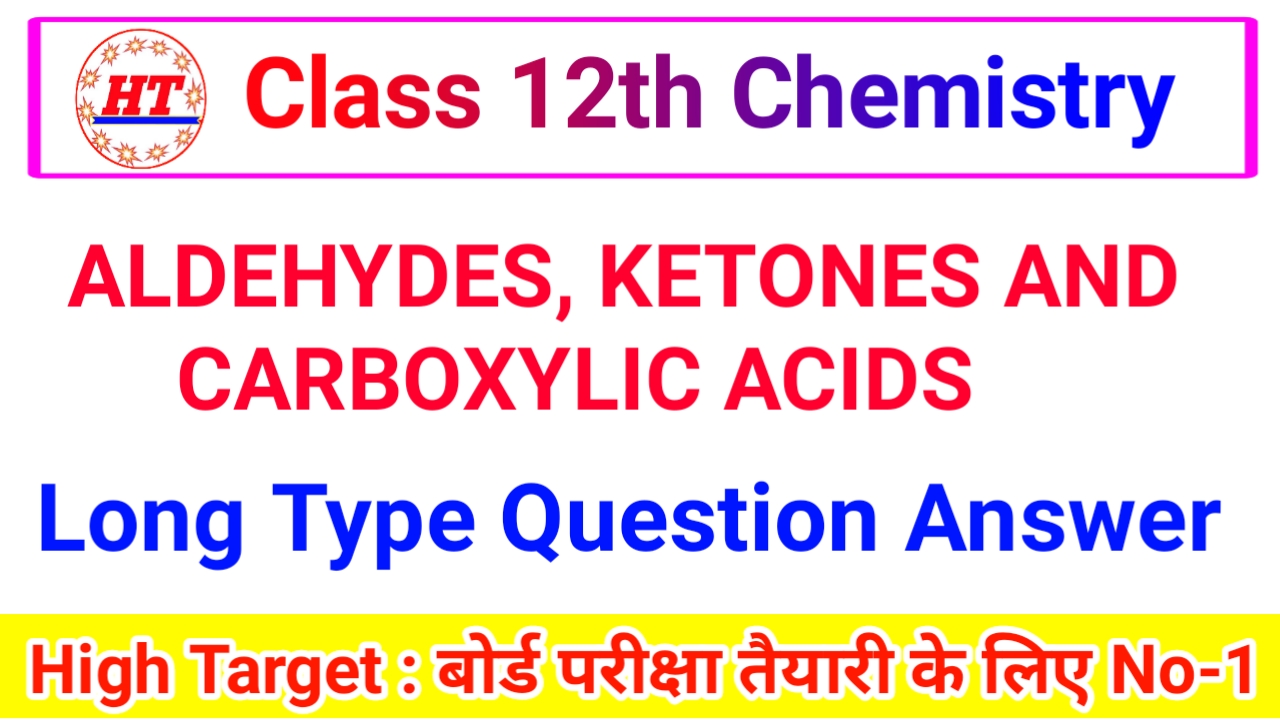
16. CHEMISTRY IN EVERYDAY LIFE Objective
16. CHEMISTRY IN EVERYDAY LIFE
1. The use of chemicals for treatment of diseases is called
(A) chemotherapy
(B) physiotherapy
(C) angiotherapy
(D) polytherapy
2. Some drugs do not bind to the enzyme’s active site, instead bind to a different site of enzyme. This site is called
(A) allosteric site
(B) substrate site
(C) ionic site
(D) competitive site
3. Drugs that bind to the receptor site and inhibit its natural function are called
(A) agonistic drugs
(B) antagonistic drugs
(C) antimicrobial drugs
(D) allosteric drugs
4. Barbituric acid and its derivatives are well known as
(A) tranquilizers
(B) antiseptics
(C) analgesics
(D) antipyretics
5. Which of the following will not act as a tranquilizer ?
(A) Equanil
(B) Analgin
(C) Meprobamate
(D) Chlordiazepoxide
6. Which of the following is a narcotic analgesic ?
(A) Ibuprofen
(B) Aspirin
(C) Paracetamol
(D) Morphine
7. Which of the following statements is not correct?
(A) Some disinfectants can be used as antiseptic at low concentration
(B) Aspirin is analgesic and natipyretic
(C) Norethindrone is an atihistamine
(D) Chloromphenicol is a broad spectrum antibiotic
8. Which of the following will not act as antacid ?
(A) Sodium hydrogencarbonate
(B) Magnesium hydroxide
(C) Sodium carbonate
(D) Aluminium carbonate
9. The term ‘broad spectrum antibiotics’ means
(A) bacterial antibiotics
(B) bacteriostatic antibiotics
(C) which kill or inhibit a wide range of gram – ve and gram + ve bacteria
(D) which kill or inhibit all types of gram + ve bacteria
10. The main constituents of dettol are
(A) chloramphenicol + glycerol
(B) 2-3% solution of iodine in alcohol
(C) 0.2% solution of phenol
(D) chloroxylenol and terpineol
11. Which of the following is not an antibiotic ?
(A) Chloramphenicol
(B) Ofloxacin
(C) Penicillin
(D) Prontosil
12. Which of the following antibiotic is bactericidal ?
(A) Erythromycin
(B) Tetracycline
(C) Penicillin
(D) Chloramphenicol
13. Which of the following compounds represents an analgesic ?

14. Which among the following is not an antibiotic ?
(A) Penicillin
(B) Oxytocin
(C) Erythromycin
(D) Tetracyclin
15. Which of the following is not used as a food preservative ?
(A) Sodium salt of benzoic acid
(B) Sodium salt of sorbic acid
(C) Sodium salt of propanoic acid
(D) Sodium salt of palmitic acid
16. Refrigeration helps in food preservation by
(A) killing the germs
(B) reducing the rates of biochemical reactions
(C) destroying enzyme action
(D) decreasing the size of bacteria
17. Which of the following statements is not correct?
(A) Some antiseptics can be added to soaps
(B) Dilute solutions of some disinfectants can be used as antiseptic
(C) Disinfectants are antimicrobial drugs
(D) Antiseptic medicines can be ingested
18. Which statement about aspirin is not true ?
(A) Aspirin belongs to narcotic analgesics
(B) It is effective in relieving pain
(C) It has antiblood clotting action
(D) It is a neurologically active drug
19. Equanil is
(A) artificial sweetener
(B) tranquilizer
(C) antihistamine
(D) antifertility drug
20. Which of the following enhances lathering property of soap ?
(A) Sodium carbonate
(B) Sodium rosinate
(C) Sodium stearate
(D) Trisodium phosphate
21. Glycerol is added to soap. It functions
(A) as a filler
(B) to increase lathering
(C) to prevent rapid drying
(D) to make soap granules
22. Which of the following is an example of liquid dishwashing detergent ?
(A) CH3 – (CH2)10 – CH2OSO3 – Na+
(B) C9H19 ![]() O
O ![]() CH2 – CH2 -O
CH2 – CH2 -O ![]() 5-CH2CH2 OH
5-CH2CH2 OH
(C) CH3![]() SO3Na+
SO3Na+

23. Polyethyleneglycols are used in the preparation of which type of detergents ?
(A) Cationic detergents
(B) Anionic detegents
(C) Non-ionic detergents
(D) Soaps
24. Which of the following is not a target molecule for drug function in body ?
(A) Carbohydrates
(B) Lipids
(C) Vitamins
(D) Proteins
25. Which of the following statements is not true about enzyme inhibitors ?
(A) Inhibit the catalytic activity of the enzyme
(B) Prevent the binding of substrate
(C) Generally a strong covalent bond is formed between an inhibitor and an enzyme
(D) Inhibitors can be competitive or non – competitive
26. Which of the following chemicals can be added for sweetening of food items at cooking temperature and does not provide calories ?
(A) Sucrose
(B) Glucose
(C) Aspartame
(D) Sucralose
27. Which of the following will not enhance nutritional value of foods ?
(A) Minerals
(B) Artificial sweeteners
(C) Vitamins
(D) Amino acids
28. Cinnabar is
(A) HgS
(B) PbS
(C) Zns
(D) H2S
29. Washing soda is
(A) Na2CO3 10H2O
(B) Na2CO3.5H2O
(C) Na2CO3
(D) NaOH
30. slaked lime is
(A) CaO
(B) CaCO3
(C) Ca(OH)2
(D) CaCl2
31. Chemical name of borax is
(A) Sodium tetraborate
(B) Sodium metaborate
(C) Sodium orthoborate
(D) none of these
32. Antibiotic used for the tratment of typhoid is
(A) Penicillin
(B) chloroamphenicol
(C) Terramycin
(D) Sulphadiazine
33. paracetamole is a/an
(A) Analgesic
(B) Antiseptic
(C) both analysis and antiseptic
(D) None




